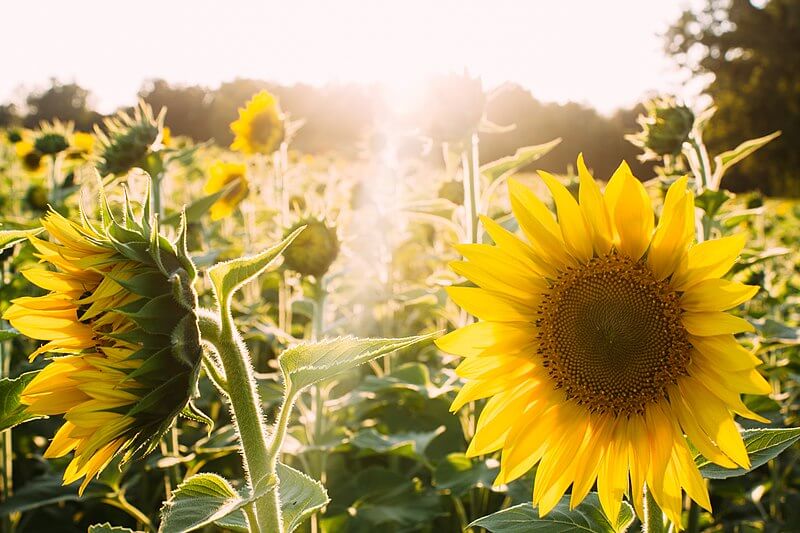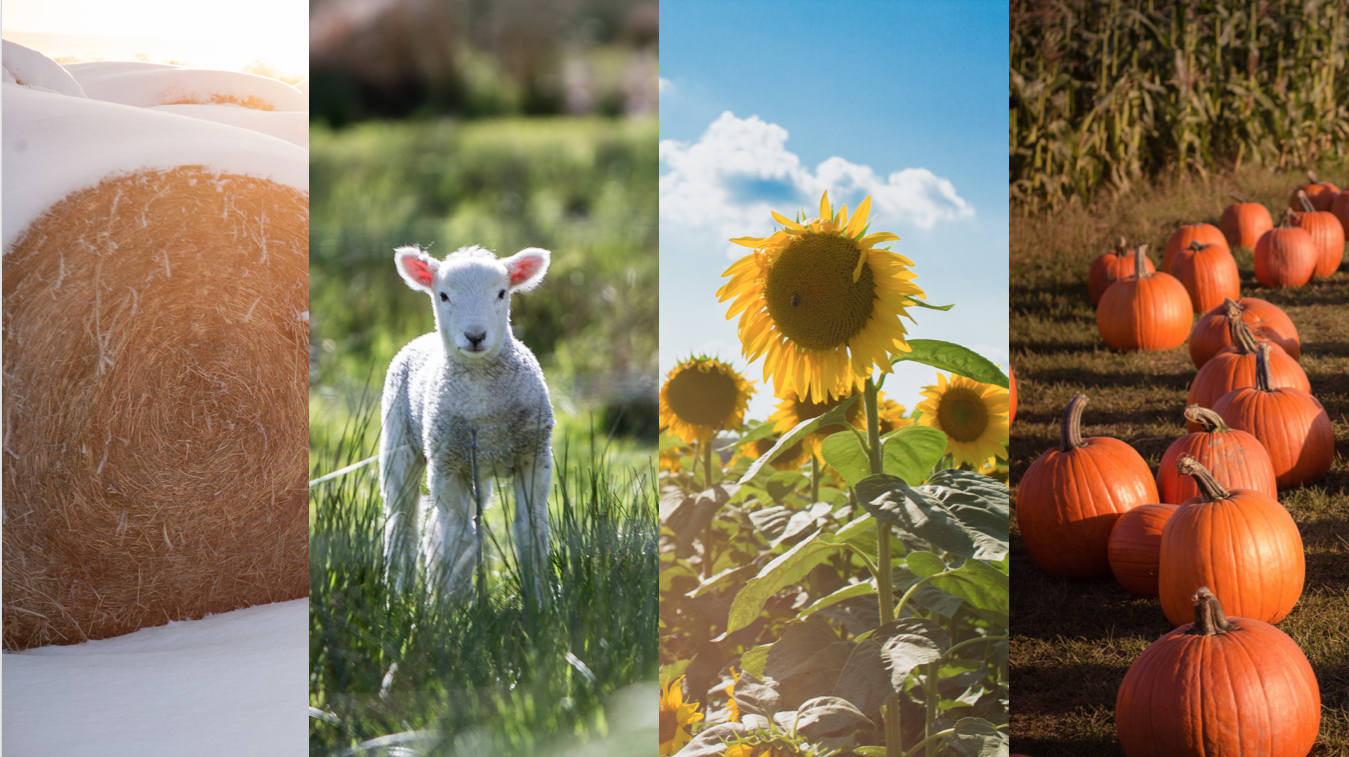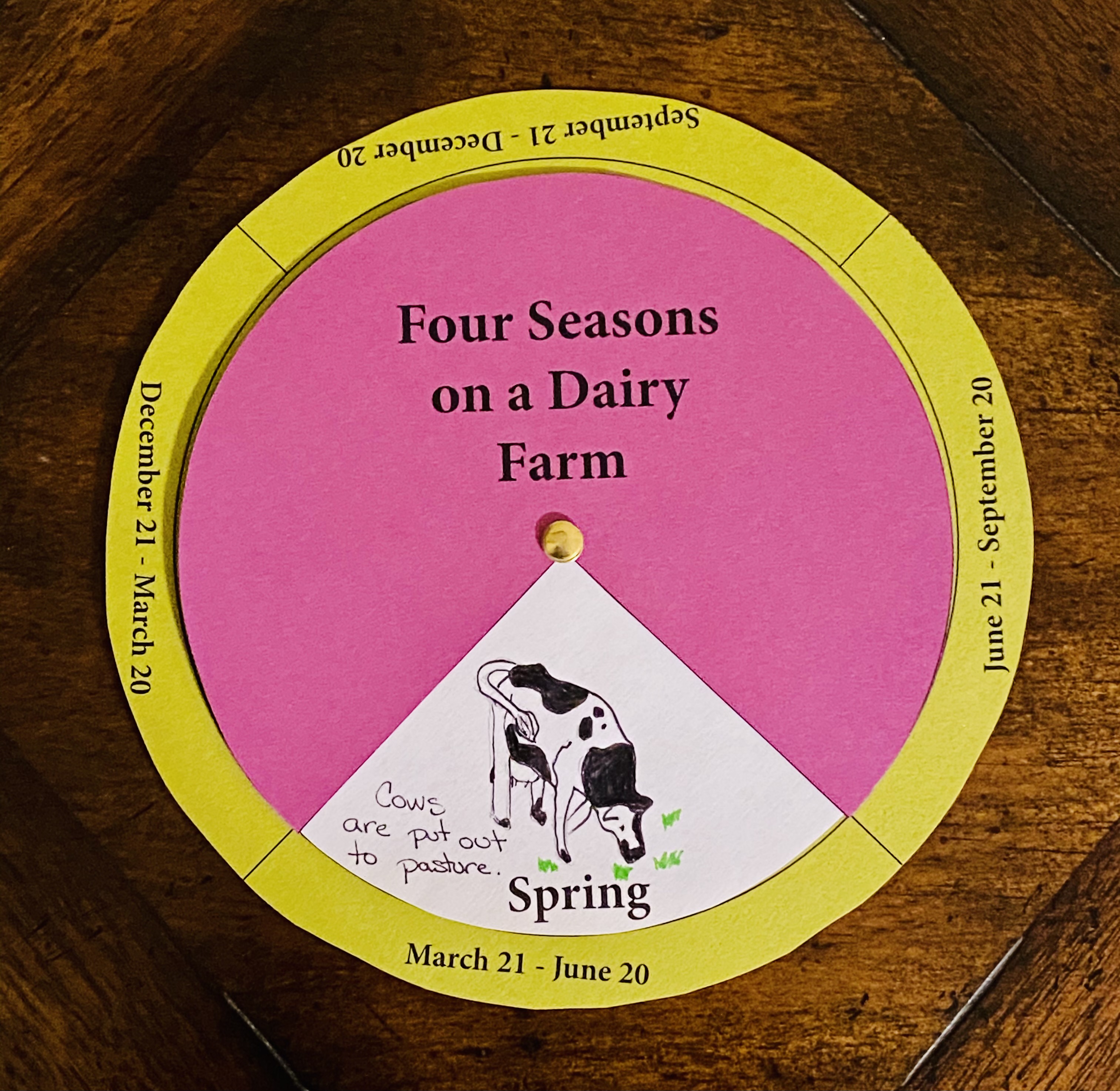Earth's axis is an imaginary pole that goes through the center of the Earth from the North Pole to the South Pole. The Earth is tilted and spins around this axis, one complete turn each day, as it travels around the sun. Throughout the year, the sun's most direct rays hit different areas on Earth. Earth's tilted axis is the reason we have seasons.
The equator is an imaginary line that divides the Earth into a Northern and Southern Hemisphere. When the North Pole tilts toward the Sun, it's summer for the Northern Hemisphere. When the South Pole tilts toward the Sun, it's winter in the Northern Hemisphere. For people living in the tropical zone near the equator, there is not much change in the temperature between the seasons. For people living in the temperate zones in the Northern and Southern Hemispheres, there are four seasons, each with its own characteristics.
The first day of winter, on or around December 21st, is the shortest day of the year and is called the winter solstice. Solstices occur when the sun shines farthest away from the equator. The spring equinox, the first day of spring, is on or around March 21st. An equinox occurs when the sun's rays shine directly on the equator. On an equinox, the length of the day and night are approximately equal. The first day of summer, on or around June 21st, is the longest day of the year and is called the summer solstice. The autumnal equinox, the first day of autumn, begins on or around September 21st.
Seasonal changes affect farm activities. In winter, it is cold, the days are short, and many farms are covered in snow. During this season, plans for next year's crops are made, farm equipment and machinery is maintained and repaired, and animals are fed, cared for, and kept warm.
Spring is a busy season full of new life on the farm. The days become longer, trees bloom, and seeds begin to sprout. There are new farm animal babies to care for. Fields are tilled, planted, and fertilized.
In summer, it is hot and the days are long. The crops and baby animals grow bigger. Weeds must be controlled and crops need water. Hay is cut and baled and silage is chopped and stored. Many fairs and livestock competitions occur in the summer.
Autumn is harvest season. The days become shorter and the leaves turn red, yellow, orange, and brown before they fall from the trees. The baby animals are big now, and some animals are sold to market.


 student with the three printouts of the
student with the three printouts of the